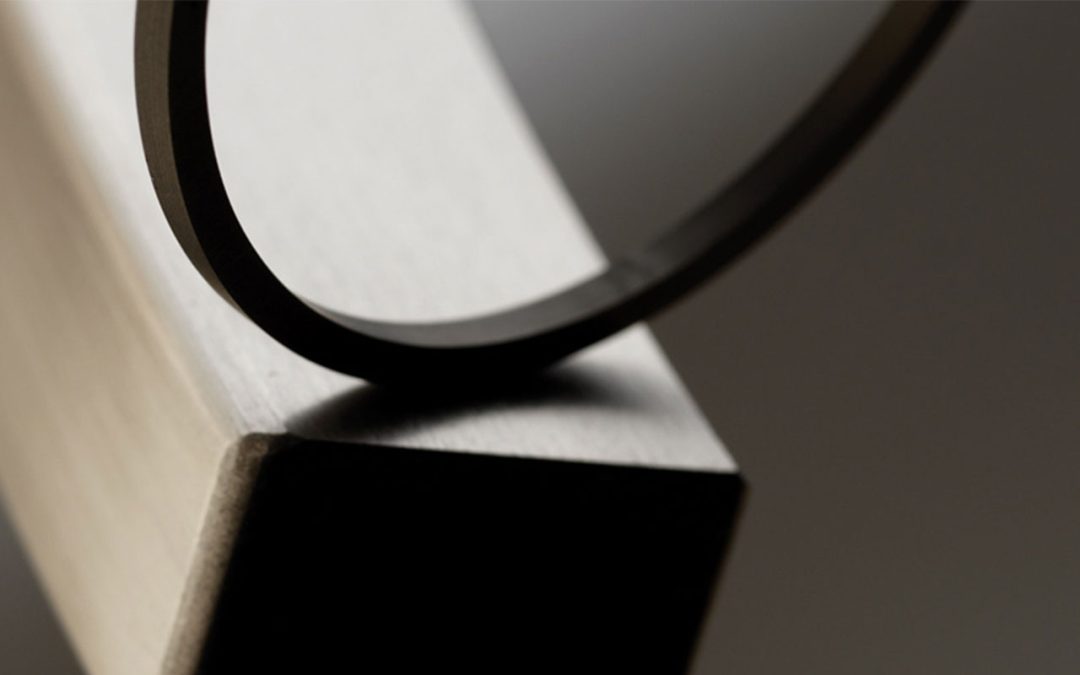When it comes to maintaining a high-performing engine, one of the most overlooked yet critical aspects is piston ring clearance. Whether you’re a seasoned mechanic or just a curious car enthusiast, understanding the different types of piston ring clearance can make a world of difference to your engine’s efficiency, performance, and lifespan.
What is Piston Ring Clearance?
Before diving into the various types, let’s get on the same page about what piston ring clearance actually means. In simple terms, piston ring clearance refers to the small, but vital, space between the piston ring and the cylinder wall or piston groove. This space allows the ring to expand with heat and perform its role effectively—sealing the combustion chamber, regulating oil, and transferring heat.
Too much or too little clearance can lead to major problems, from excessive oil consumption and reduced power to complete engine failure. That’s why it’s so important to get it just right.
Top Ring Clearance
The top ring clearance is perhaps the most critical of all. The top ring, often a compression ring, faces the brunt of the combustion pressure. It needs enough clearance to expand without seizing, but not so much that it lets combustion gases leak through.
Too tight, and you’ll risk scoring the cylinder walls and damaging the ring itself. Too loose, and the engine loses compression, resulting in poor performance and fuel inefficiency.
If you’re rebuilding an engine or replacing rings, checking this clearance with feeler gauges or specialised tools is essential. the team over at www.ppuk.com have great guidance and tools for getting it spot on.
Side Clearance
Side clearance is the space between the side of the piston ring and the groove in the piston. This is crucial for allowing the ring to move slightly within the groove as the engine operates.
If side clearance is too tight, the ring could stick, leading to poor sealing and increased blow-by. If it’s too loose, the ring may flutter, which can cause erratic compression and oil control issues.
It’s a bit of a balancing act, but manufacturers usually provide specifications to work to. Keeping within those recommended figures will do wonders for engine longevity.
End Gap Clearance
Also known as ring gap or ring end gap, this is the clearance between the ends of the piston ring when installed in the cylinder. This gap closes slightly as the engine warms up and the ring expands.
Set the end gap too small and you’ll risk the ring butting together as it expands—this can cause the ring to bind and break, potentially damaging the cylinder wall. Too large a gap, and you’ll lose compression, reducing power and increasing emissions.
Most mechanics will fit the ring into the cylinder and use a feeler gauge to measure the gap. Again, check the specs, and if you’re not sure, www.ppuk.com has resources and advice that can steer you in the right direction.
Back Clearance
Back clearance is the space behind the piston ring and the base of the ring groove. While this isn’t as frequently discussed as the others, it still plays a part in ensuring the ring can flex and seal properly.
A ring without sufficient back clearance may not seat fully, leading to poor contact with the cylinder wall. On the other hand, too much back clearance might reduce the ring’s ability to transfer heat from the piston to the cylinder wall, which is vital for engine cooling.
Why It All Matters
Each of these clearances plays a unique role in engine health and performance. Together, they influence how well the engine seals, controls oil, dissipates heat, and endures the demands of combustion. Precision really is everything.
Ignoring piston ring clearance, or getting it wrong, can lead to serious engine damage. That’s why if you’re rebuilding or repairing an engine, taking the time to measure and adjust ring clearance is non-negotiable.
Final Thoughts
If you’ve ever wondered why one engine lasts for hundreds of thousands of miles while another breaks down early, piston ring clearance is often a key factor. Understanding the types of piston ring clearance—top ring, side, end gap, and back clearance—can save you time, money, and a whole lot of stress down the line.
And if you need more help or want quality parts, tools, or advice, pop over to www.ppuk.com. It’s like having a mate in the trade who knows their stuff.

